62 F. high in the Twin Cities Monday.
63 F. average high on October 5.
49 F. high on October 5, 2014.
October 6, 1997:
Hail, wind, and an F0 tornado was reported in the early morning hours
in several counties in west central Minnesota. Near Canby in Yellow
Medicine County, hail combined with wind gusts nearing 60 mph damaged
the roof of bus garage, elementary school windows and a school vehicle.
Renville, McLeod, Carver, Scott, and Dakota counties also received hail
and strong winds. Widespread pea to marble size hail accumulated to
three inches deep in several areas, and severely damaged crops over a
large part of Renville county. Also, power lines and trees were blown
down. Southeast of Bird Island, a barn collapsed and killed over 100
pigs. Near Brownton in McLeod County, hail accumulated to a depth of 3
inches with one foot drifts. A brief tornado touched down near Stewart
in McLeod County, damaging a few trees.
October 6, 1987: Snow falls over Arrowhead region.
Thousand-Year Rain Event Swamps South Carolina26.88
inches of rain just fell at Boone Hall Plantation, South Carolina in
about 3 days. That's 2 hurricanes worth of rain; roughly the amount of
precipitation MSP sees in an entire YEAR!
Weather systems stalled;
a firehose of tropical moisture from "Joaquin" focused on the
Carolinas. When the weather stalls bad things often result, in this case
historic, unprecedented rains.
I've seen a few conspiracy
theories, suggesting a government cover-up: "HAARP weather modification
gone bad". Uh huh. Yes, climate change is a hoax, the Apollo moon
landings were faked and Washington D.C. is run by a race of
lizard-people.
Well, that last one may be true.
Extreme
rains are on the rise. For the record, Minnesota has experienced 4
separate 1-in-1,000 year flash flood events since 2004.
The mercury flirts with 70F today &
Wednesday; 80F is not out of the question
Sunday. Technically we can't call it Indian Summer until the first frost, which may be 2 weeks away by my calculations.
Rain settles the dust
Thursday; otherwise dry with a mild bias. It's still October, right? Just checking.
*
Birmingham TV meteorologist James Spann (highlighted in a tweet above)
is a living legend, not only in Alabama, but across much of the USA. He
knosw his stuff - and updates a daily
weather blog.
The Meteorology Behind South Carolina's Catastrophic 1,000-Year Rainfall Event. Here's excellent perspective from
The Capital Weather Gang at the Washington Post; an excerpt: "...
As
Hurricane Joaquin tracked north, well east of the coast,
a separate, non-tropical low pressure system was setting up shop over
the Southeast late last week. This system drew in a deep, tropical plume
of water vapor off the tropical Atlantic Ocean. At the same time, this
upper-level low pressure system tapped into the moist outflow of
Hurricane Joaquin. The moisture pipeline fed directly into a pocket of
intense uplift on the northern side of the non-tropical vortex. Within
this dynamic “sweet spot,” thunderstorms established a training
pattern, passing repeatedly over the same location and creating a narrow
corridor of torrential rain stretching from Charleston to the southern
Appalachians..."
Map credit above: "
A
preliminary map of rainfall totals, estimated from radar, shows the
vast extent of the deluge across most of South Carolina and parts of
coastal North Carolina. The National Weather Service notes that these
radar estimates have likely under-estimated the regional rainfall totals
by a factor of 30 to even 50 percent in some locations." (Jordan Tessler/Capital Weather Gang)
What Does a "100 or 1000-Year Rain Event" Really Mean? Marshall Shepherd does a good job breaking this down at
Forbes; here's an excerpt: "...
However,
as I watch the media and social media, it is apparent to me that many
people still do not understand the concept of what 100- or 1000-Year
rain event means. Many people literally assume it means this event “can
only” happen every 1000 years (in the case of a 1000-year event). Here
is what it actually means as described on the NOAA National Center for Environmental Information (NCEI, but formerly NCDC) webpage:
…it
is a statistical way of expressing the probability of something
happening in any given year. A “100 year” storm event has a one in one
hundred or 1% chance of happening in any given year. A “500 year” event
has a one in five hundred or .2% chance of happening in any year.
South Carolina Governor Nikki Haley: Floods are Regions "Worst in 1,000 Years".
I've seen other references to a 1-in-1,000 year rainfall event for
portions of South Carolina, as much as 24" in a few spots as of Monday
morning; 3-4 month's worth of rain falling in the better part of 3 days.
Here's a clip from
The Guardian: "
South Carolina governor Nikki Haley paused in efforts to cope with the record-breaking rain that hit her state
over the weekend to say the resultant floods were “the worst in a
thousand years”. “This is the worst flooding in the lowcountry [the
region around the South Carolina coast] for a thousand years, that’s how
big this is,” Haley said at a Sunday afternoon press conference.
“That’s what South Carolina is dealing with right now. The Congaree river is at its highest level since 1936..."
Photo credit above: "
Flood
waters climb up the walls of homes in Columbia, S.C., Sunday, Oct. 4,
2015. The rainstorm drenching the U.S. East Coast brought more misery
Sunday to South Carolina, cutting power to thousands, forcing hundreds
of water rescues and closing many roads because of floodwaters." (AP Photo/Chuck Burton).
 South Carolina Flood is 6th, 1000-Year Rain since 2010
South Carolina Flood is 6th, 1000-Year Rain since 2010. Doyle Rose has the story at
USA TODAY; here's the introduction: "
The
biblical flooding in South Carolina is at least the sixth
so-called 1-in-1,000 year rain event in the U.S. since 2010, a
trend that may be linked to factors ranging from the natural, such as a
strong El Niño, to the man-made, namely climate change. So many
"1-in-1,000 year" rainfalls is unprecedented, said meteorologist Steve
Bowen of Aon Benfield, a global reinsurance firm. "We have certainly had
our fair share in the United States in recent years, and any increasing
trend in these type of rainfall events is highly concerning," Bowen
said..." (File photo: USGS).
How To Survive a Flood.
Treehugger has some timely advice; here's an excerpt: "...
The
National Oceanic and Atmospheric Administration (NOAA) came up with the
phrase "Turn around don’t drown" (and then registered it as a
trademark) to further the National Weather Service’s (NWS) mission to
help save lives. As it turns out, the CDC reports that half of all flood
drownings happen when a vehicle is driven into hazardous floodwater. As
mentioned above, 12 inches of moving water can take a small car; two
feet will sweep away a larger vehicle. People think they can pass a
puddle in the road, only to have their car stall and then ... whoosh.
Turn around, don't drown!..."
Photo credit above:
U.S. Geological Survey/flickr
Flood Insurance: 5 Things You Need to Know When The Water Hits.
NBC News
provides perspective, including the fact that most homeowner's
insurance policies don't cover flooding, as amazing as that is to
ponder. Here's an excerpt: "...
If you're a homeowner, you have
homeowner's insurance, and if you're a renter, you might even have
renter's insurance. That's great, but unfortunately, your policy
probably doesn't cover flooding. "The thing is, flooding is excluded
under a standard homeowner's insurance policy," said Loretta Worters, VP
of Communications for the Insurance Information Institute. "It's really
something that everyone should think about. And if you don't live in a
high risk area, you're not going to pay much, anyway..." (File photo: AP).
Belated Reprieve for the Carolinas.
NOAA's 7-Day rainfall forecast shows a drying trend for the East Coast,
the best chance of half an inch or more of rain over far northern
Minnesota and Wisconsin.
Relatively Mild Into Monday.
The GFS model drags colder air south of the border early next week
(we're due for a real cool front). The best chance of showers comes on
Thursday of this week - otherwise it's a basically dry forecast into
mid-October. Source: NOAA.
1 PM Sunday.
Models show a ridge of warm high pressure that might feel right at home
in early September by Sunday, October 11 - 70s pushing into Duluth and
Bemidji; with an outside shot at 80F over southern Minnesota Sunday
afternoon. Not too shabby considering the sun is as high in the sky as
it was the first week of March. Source: NOAA and AerisWeather.
Where's The Frost?
The graphic above shows predicted temperatures looking out 16 days;
nighttime lows mostly in the 40s. I still think there's at least a
chance of a frost by the middle of next week, but no rude Canadian
smacks of (really cold) air are brewing.
Record Warm September, Statewide? Here's an excerpt of the latest HydroClim update from Greg Spoden, Minnesota State Climatologist: "Average monthly temperatures for September
were well above historical averages across Minnesota. Preliminary data
indicate that the statewide average temperature for September 2015 was
nearly six degrees above normal and may set an all-time high record for
the month. Extremes for September ranged from a high of 94 degrees F at
Marshall (Lyon County) on the 3rd, to a low of 18 degrees F in Isabella
(Lake County) on the 29th.
- The October precipitation outlook
tilts towards below-normal conditions for all Minnesota counties.
Normal October precipitation ranges from one and one-half inches in
northwestern Minnesota, to over two and one-half inches in portions of
northeastern Minnesota.
[see: Climate Prediction Center 30-day Outlook | October Precipitation Normal Map]
- The October temperature outlook
favors above-normal conditions across Minnesota. Normal October high
temperatures fall from the low to mid-60s early in the month, to the
upper 40s by month's end. Normal October low temperatures drop from the
low 40s early in the month to near 30 by late October..." (Map above: Midwest Regional Climate Center).
WATCH: Killer Tornado Tears Through Chinese Town. Pretty amazing footage; tornadoes formed in the outer spiral bands of a landfalling typhoon - details via Daily Star: "The
amazing footage captures the huge twister wreaking havoc in the
southern Chinese province of Guangdong (Sunday) afternoon. It came hours
after after Typhoon Mujigae landed in the region sparking off a series
of tornados. Videos of the terryifying 300 ft twister began appearing
online as frightened residents took cover..."
Meet The International Ice Patrol: Stopping Ships From Running into Icebergs Since 1913. I had no idea. Atlas Obscura has the details; here's a snippet: "...Using
satellites to identify ice was a early and obvious application of the
technology: the IIP works with agencies like the Canadian Ice Service
and the National Ice Center that have a long history of spying ice from
above. The Canadian Ice Service is charged with understanding ice
conditions in Canada's navigable waters, which include parts of the
Arctic Ocean, and the vast and remote nature of that region means that
it’s almost impossible to survey with planes alone. But there are
different types of ice to spy on: sea ice—frozen ocean water—is
relatively easy to distinguish from above. Icebergs are whole different
story. “We're looking for a tiny moving dot in the ocean,” says Hicks..." (File photo credit: Wikimedia).
Not What I Ordered: How El Nino Is Like a Bad Bartender.
Great analogy. Or maybe a good bartender with a very bad memory. Bottom
line: it's dangerous to generalize; every El Nino is different. Here's a
clip from a good post at
NOAA's climate.gov: "...
If
you’ve been following along over at The ENSO Blog, you know this El
Niño event is already one of the big ones. And, it will very likely take
its place among the pantheon of El Niños of the last 60-70 years. But
the expectations in some places aren’t as cut and dried as you might
think. Let’s say you have a favorite establishment, where everybody
knows your name, and they bring you “your” beverage on sight. And then
one night you go in, and based upon your past experience, you sorta
expect the bartender to bring you your favorite beer. Instead, maybe he
unexpectedly brings you a warmer-than-normal beer, or even
a wine cooler. El Niño is like that bartender. Seeing
him when you walk in may tilt your odds toward getting your favorite
beer, but it’s not a guarantee. In other words, sometimes El Niño is the
bartender who doesn’t bring you what you ordered..."
Tech For A New Age.
Philips sponsors a look at ways in which new technology are helping us
live longer, fuller lives, and new advances that may be coming. Here's
an excerpt at
The New York Times: "
A
century ago, few folks lived past the age of 50. Most reached the
milestones of young adulthood — new jobs, marriage or kids — absent
their mom, dad or both. Today’s millennials are more likely than not to
have both parents as well as living grandparents. This profound shift —
the triumph of a century’s work in medicine, public health and
technology — is rewarding us in countless ways: a great aunt’s bedtime
stories, a grandfather’s passion for model trains, or a master’s skills
passed in person to younger generations..."
Tim Cook's Apple Has Forced the Whole Tech World to Realign.
Now that we're all walking around with shiny supercomputers in our
pockets and purses the world really has changed, opening up new
opportunities for business. Here's an excerpt from
WIRED: "...
The
theme of the Box conference was mobile technology, and Cook asserted
that businesses still have only a halting grasp of mobile’s potential.
At the moment, he claimed, most businesses think of mobile tech as
little more than a portable way to check email. “To take advantage of it
in a huge way you have to rethink everything that you’re doing,” he
said. “There’s no doubt in my mind the best companies will be the most
mobile....” (Image: AerisWeather).
USA vs. Russia: What a War Would Look Like Between the World's Most Fearsome Militaries. I'm wide awake after reading an analysis at Military Times; here's an excerpt: "...Moscow’s
military campaign in Syria is relying on supply lines that require air
corridors through both Iranian and Iraqi air space. The only
alternatives are naval supply lines running from Crimea, requiring a
passage of up to 10 days round-trip. How long that can be sustained is
unclear. That and other questions about Russian military capabilities
and objectives are taking center stage as Putin shows a relentless
willingness to use military force in a heavy-handed foreign policy aimed
at restoring his nation’s stature as a world power. In that quest, he
has raised the specter of resurgent Russian military might — from
Ukraine to the Baltics, from Syria to the broader Middle East..."
Self-Driving Truck Hits the Highway in World First. What can possibly go wrong? Details via
Gizmag; here's a clip: "
Daimler Trucks has shifted gears in its ongoing effort to develop autonomous vehicles.
By fitting its Highway Pilot self-driving system to a Mercedes-Benz
Actros truck and steering it down a stretch of Autobahn 8 near
Stuttgart, the company has marked the first time an autonomous
production semi has been tested out on public roads..."
4 Things Businesses Can Learn from Disneyland. Here's an excerpt from
Fortune: "...
So
why is the pricing so complicated? Why not just stick with one price?
Because Disney knows that different people want different things, so
it’s created a pricing structure that allows for maximum profit spread
out over the greatest number of people. Some people are bound to buy the
cheapest option, but many will pay more—a lot more. Does your business
offer multiple pricing packages? Chances are, a small percentage of your
audience would be willing to pay significantly more for your product or
service if you offered more value, exclusivity and luxury..."
No Sweat? An Excercise Pill May Be Right Around the Corner. Oh happy day.
Quartz tells us what we want to hear - including this tantalizing excerpt: "
Imagine
if, instead of sweating on the treadmill and forcing yourself through
repetitive sit-ups, you could have the benefits of exercise without any
of the effort. That scenario isn’t a ridiculous fantasy but a serious
scientific goal, and researchers have recently published a major
breakthrough: They have created a blueprint of the molecular reactions
to exercise. The findings, published in Cell Metabolism on Oct. 2,
show that exercise causes 1,000 molecular changes in skeletal muscles.
Dr. Nolan Hoffman, an author of the study and a research associate at
the School of Molecular Bioscience, University of Sydney, says that the
goal is to identify the most important changes, so that these can be
replicated using drugs..."

Winners of the 2015 World Beard and Moustache Championship. Perhaps the one sport not covered by ESPN; here's an excerpt (complete with unretouched photos) from
Quartz: "
Over
300 men competed in the 2015 World Beard and Moustache Championships,
hosted in Leogang, Austria, on Oct. 3. European Press Agency
photographer Angelika Warmuth was on the scene to snap portraits of the
hirsute contestants, their facial hair shaped and coiffed into
everything from Salvador Dalí’s famous pencil-stache, to something not
unlike a pair of water buffalo horns..."
Photo credit above: "Over 300 men from around the world compete for hirsute supremacy at the World Beard and Mustache Championship." (EPA/Angelika Warmuth).
TODAY: Mild sunshine - distractingly nice. Winds: W 5-10. High: 70
TUESDAY NIGHT: Mostly clear. Low: 51
WEDNESDAY: Sunny start, PM clouds. Winds: SE 7-12. High: 69
THURSDAY: Showers taper, slow PM clearing. Wake-up: 57. High: 65
FRIDAY: Plenty of sun, very nice. Wake-up: 47. High: 62
SATURDAY: Sunny, mild breeze. Winds: SW 10-20. Wake-up: 49. High: 71
SUNDAY: October sweat. Warm sunshine! Winds: SW 10-15. Wake-up: 56. High: 78
MONDAY: Sunny, too nice to work. Wake-up: 60. High: 75
Climate Stories...
South Carolina Flooding is the Type of Event Scientists Have Warned About for Year. Andrew Freedman has the story at
Mashable;
here's the intro: "The epic amount of rain that led to deadly,
catastrophic flooding across large parts of South Carolina and North
Carolina is an example of exactly the type of supercharged storm system
climate scientists have been warning about for years as a likely
consequence of global warming. This storm, like others that have come
before it — from a
massive deluge that flooded Oklahoma City to a
flooding event in Houston,
both of which occurred earlier this year — are examples of how the
atmosphere is behaving in new ways now that there's more water vapor and
heat for weather systems to work with..."
Photo credit above: "
Hunter
Baker surveys flood damage to his neighborhood near the flooded Black
Creek, following heavy rains in Florence, South Carolina, Monday,
October 5, 2015."
Hurricane Joaquin Helps Fuel Record Rains, Damaging Floods. Was
record warmth in the Atlantic (according to NOAA) a factor in fueling
extreme rains over the Carolinas? Here's an excerpt from
Scientific American: "...
Joaquin’s
emergence led some to posit that the record-high sea surface
temperatures this year, linked to climate change, may have played a role
in its development. There is some indication that the intensities of
Atlantic hurricanes have been increasing since the 1980s. Climate
scientists remain unsure, however, that climate change is presently
affecting hurricanes. There is simply not enough data available to
separate the contribution of natural variability in the occurrence of
such storms, said Thomas Knutson, a research meteorologist with NOAA’s
Geophysical Fluid Dynamics Laboratory..."
Photo credit above: "
Overall
aerial view shows historic Charleston at the Battery with minor
flooding still visible in Charleston, S.C., Monday, Oct. 5, 2015. The
Charleston and surrounding areas are still struggling with flood waters
due to a slow moving storm system." (AP Photo/Mic Smith)
 Enemies of the Sun.
Enemies of the Sun. Here's an excerpt of a Paul Krugman Op-Ed at
The New York Times: "...
Part
of the answer is surely that promotion of renewable energy is linked in
many people’s minds with attempts to limit climate change — and climate
denial has become a key part of conservative identity. The truth is
that climate impact isn’t the only cost of burning fossil fuels, that
fossil-fuel-associated pollutants like particulates
and ozone inflict huge, measurable damage and are major reasons to
support alternative energy. Furthermore, renewables are getting close to
being cost-competitive even in the absence of special incentives (and
don’t forget that oil and gas have long been subsidized by the tax
code.) But the association with climate science evokes visceral
hostility on the right..." (File image: SolarCity).
New Study: Emissions From Thawing Permafrost Add Trillions in Economic Impacts. Here's the intro to a story from
The National Snow and Ice Data Center: "
Greenhouse
gas emissions from thawing Arctic permafrost could result in an
additional $43 trillion in economic impacts by the end of the
twenty-second century, according to a new study by researchers from the
University of Cambridge and the National Snow and Ice Data Center
(NSIDC). These extra impacts justify the need for urgent action to
reduce emissions from thawing permafrost. The study was published today
in the journal Nature Climate Change. Permafrost or
frozen ground, which contain about 1,700 gigatons of carbon in the form
of frozen organic matter, have begun to thaw in response to Arctic
warming over the past few decades..."
Photo credit above: "
The village of Qannaaq, Greenland, in the Arctic, is built on permafrost." Credit: Andy Mahoney/NSIDC.
Characteristics of Climate Science Denial. I found this post at
Scisnack fascinating; here's an excerpt: "...
It
is important to mention that not everyone that denies climate science
intends to do so. Science denial can be the result of a person not
having the right background knowledge to understand the issue,
unconscious psychological processes that reinforce previous existing
ideas, political preference or religious beliefs. However, there are
science deniers who actively and publically fight the scientific
consensus. That is because creating doubt about this consensus within
the general public has been shown to be the single, most successful
strategy to delay action. Science denial is not a recent development.
There are numerous examples of society rejecting science, sometimes with
horrible consequences for the scientist involved (think of Galileo Galilei).
The Earth revolving around the Sun, biological evolution, and more
recently, smoking causing lung cancer or the effect of vaccinations… new
scientific evidence is often met with doubt in society..."
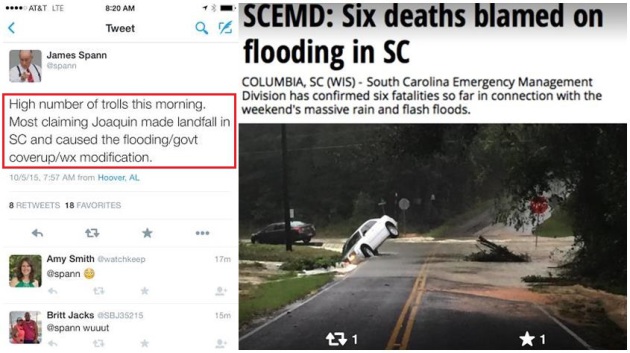
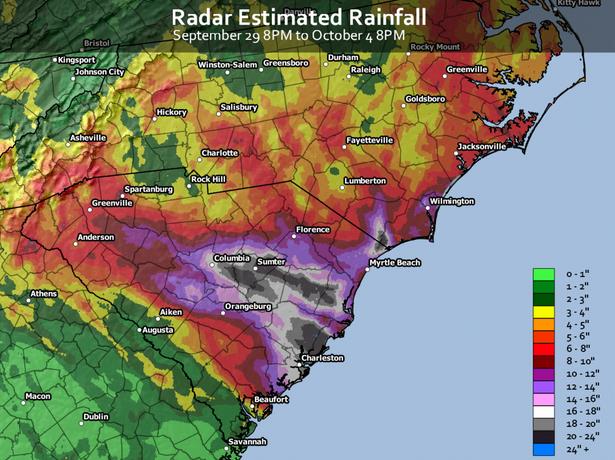
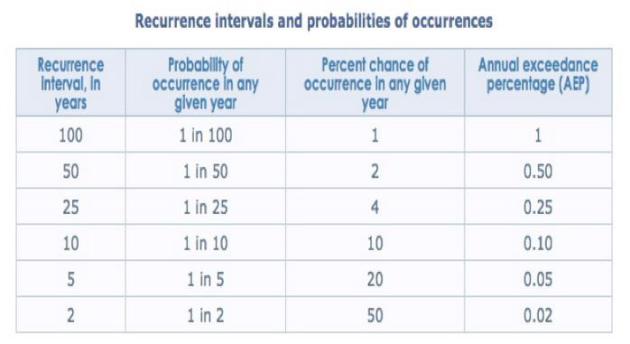
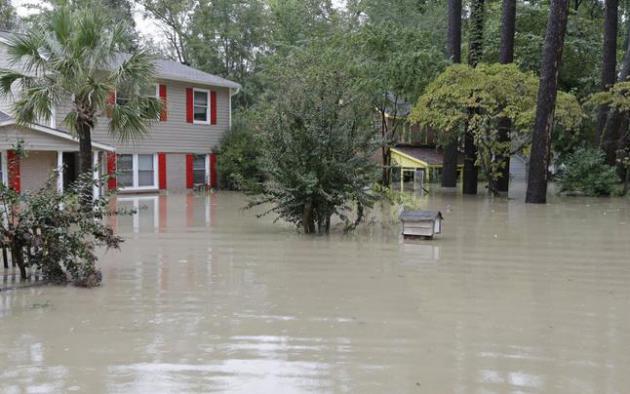
.jpg)
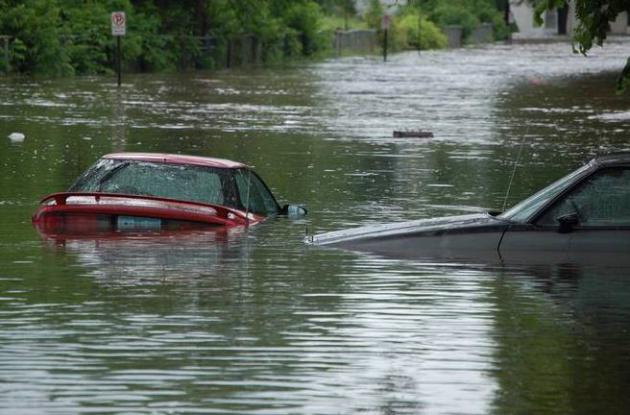
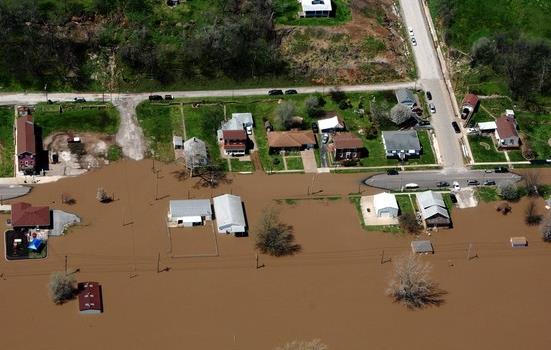
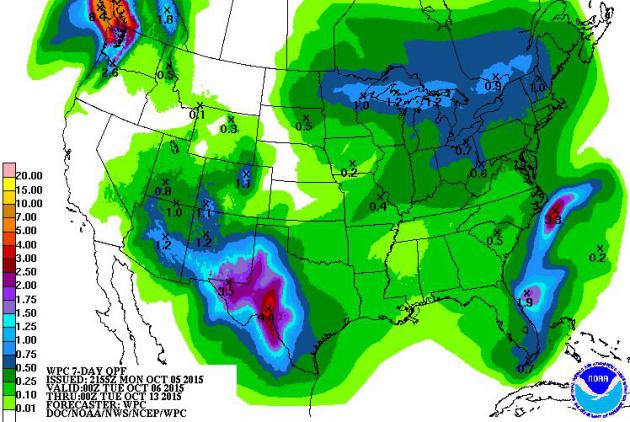
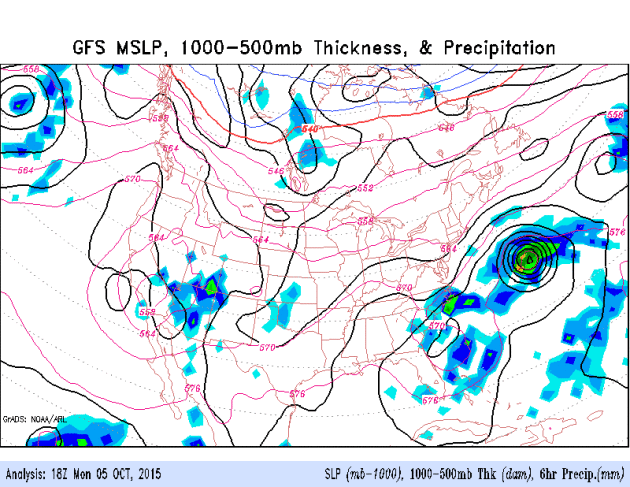
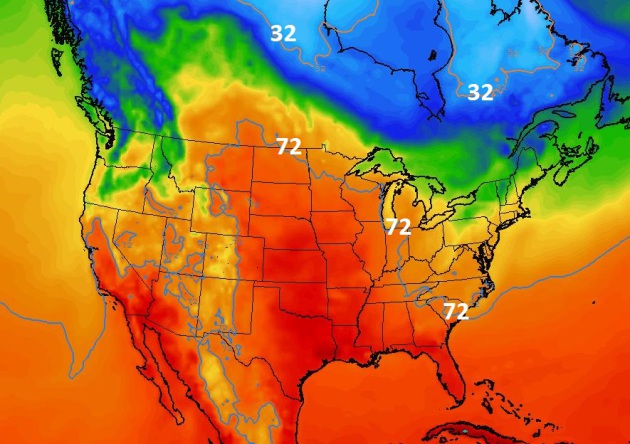

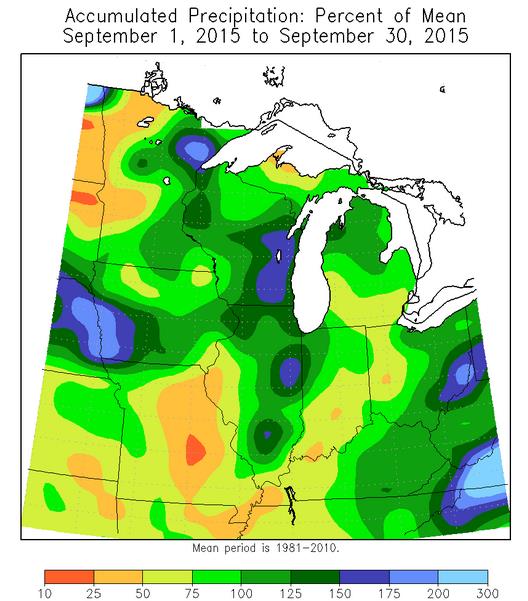
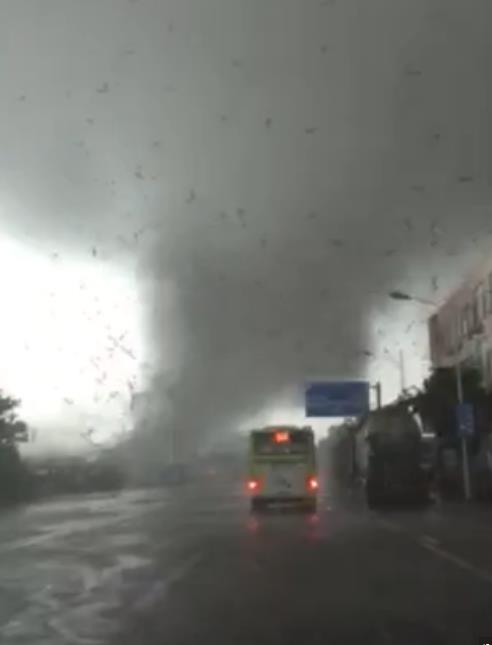
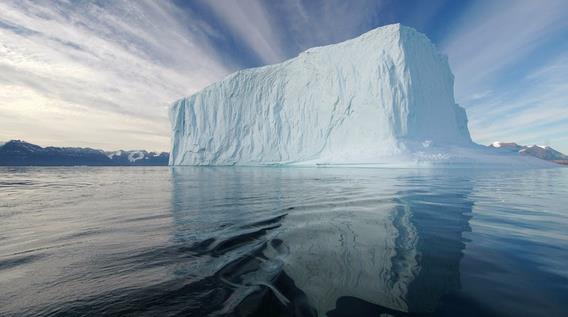


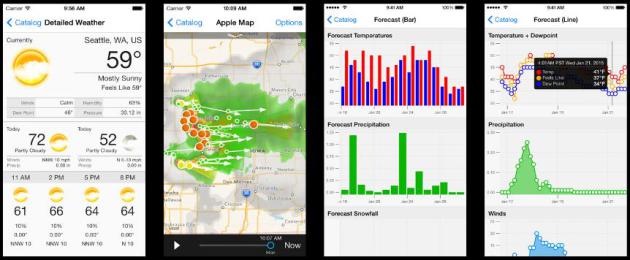


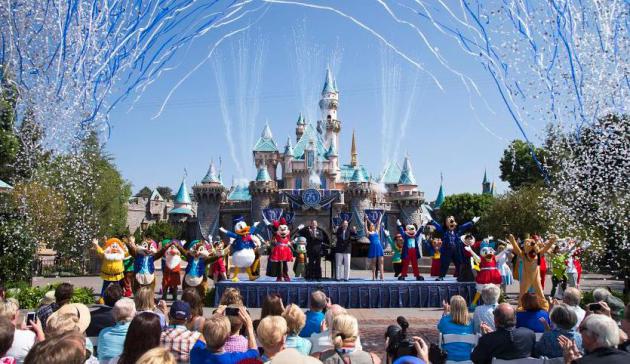



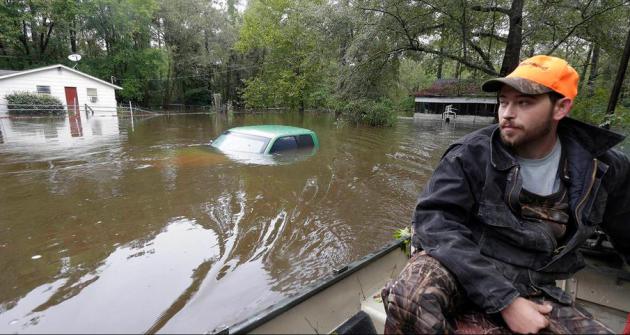
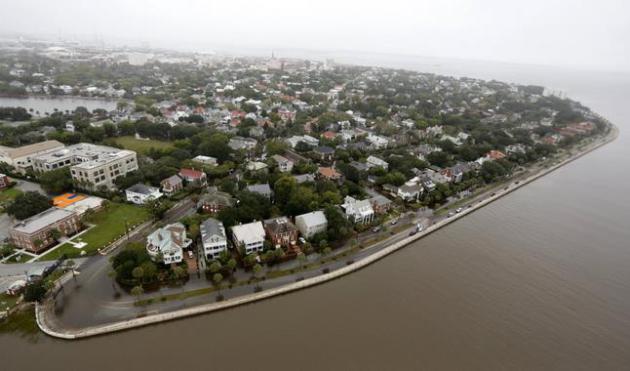
.jpg)
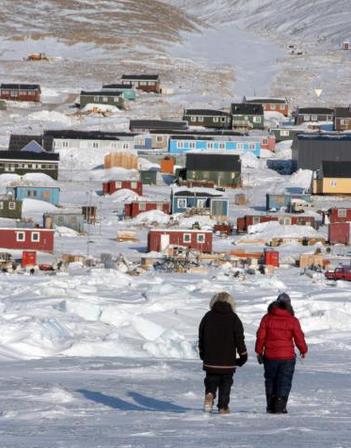
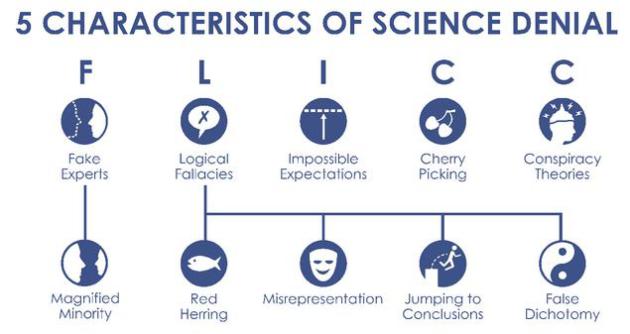
No comments:
Post a Comment